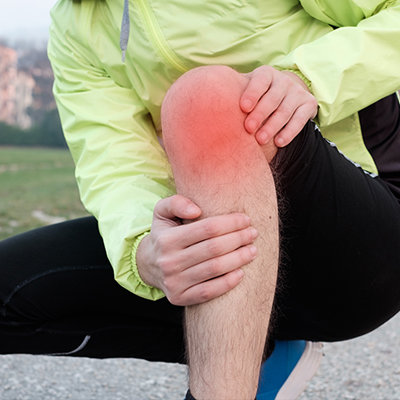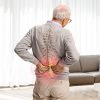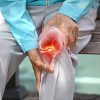Winter and Joint Pains – A Close Connection

People, especially in the old-age, commonly encounter the rise in the joint pain during the cold season. Patients facing severe problems like Rheumatoid Arthritis, shoulder, knee or ankle pain, etc. experience extreme pain. Certain injuries and wounds in bones also ache more in winter. With drop in temperature, the pain increases and the question remains why?
Although the exact scientific reason behind this is not clear, but there is some connection. Some speculations say it is the change in atmospheric pressure, some say it is the temperature variation, while some say it is the change in barometer.
There are several probable reasons for the increase in pain during winters :
1. The joints, ligaments and muscles become stiffer in the chilly weather, due to which the friction during the movement increases
2. Muscle spasms increase by several folds in winter which worsens the stiffness and pain
3. Blood circulation is reduced in fingers and toes in cold, which can increase the joint ache in Arthritis patients
4. The sensitivity of pain receptors rises in winters
5. Lower the sunlight intake, lower is the vitamin D intake by the body. This weakens the bones and joints.
6. The fluid that keeps the joints and cartilages healthy- Synovial lining, reacts with temperature and barometer changes
7. The drop in atmospheric pressure makes the tissues swell, building the tension in joints, which leads to an increase in pain
This age-old problem has slowed down the everyday activities of people in the cold weather and worsened numerous conditions. Several measures can help reduce the pain or even prevent it.
1. Be active: Although winter makes one lazy and with the joint pain it is hard to move around easily, it is important to stay active. Movement increases the body heat and helps decrease the pain.
2. Stay hydrated: Dehydration makes one more sensitive to pain. Drinking sufficient water will also help increase activity.
3. Layer up: It is important to cover the hands, legs, feet, elbows and all the parts of the body that are more prone to cold and pain. Winter wear keeps body warm and hence shields it from the effects of temperature change.
4. Appropriate Exercises: From indoor aerobics to running and cycling to swimming in heated pools, anything that heats the body up helps keep the pain to a minimum. It reduces stiffness in joints and weakness in muscles.
5. Warm baths and heating bags: It is a good idea to warm up the affected area with a heating bag or hot water bags. It helps reduce the pain, but should be applied in moderation. If kept for more than 15-20 minutes, the heating bags may cause burns. Warm baths also help relieve the pain.
6. Heat gels and rub-on remedies: Keeping the heat gels and rub-on remedies at home can always come handy. Their application on the affected areas brings certain amount of relief, instantly.
7. Intake of Vitamin-D and omega-3 fatty acids: Vitamin D reduces the sensitivity to pain and omega-3 fatty acids decrease inflammation in bones.
For Arthritis patients, things can sometimes get out of control. In cases that are severe, visit us for further guidance and pain relief.
Enjoy winters, painlessly!





Leave a Reply